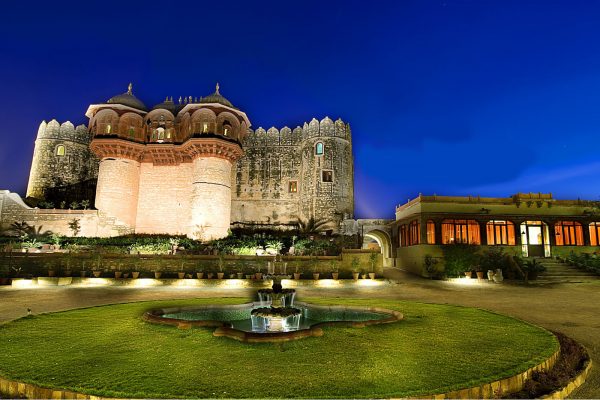 Fort Khejarla was constructed in early 1611 A.D. for Maharajah Gopal Das Ji, who was granted ‘Jagirs’ (fiefdoms) of Khejarla and nearby villages for his great achievement in war against the Mughals, in honour of his service to the Maharaja of Jodhpur. The Mughal army rolled in to attack the Fort three times. Each time the Fort was destroyed, it was rebuilt.
Fort Khejarla was constructed in early 1611 A.D. for Maharajah Gopal Das Ji, who was granted ‘Jagirs’ (fiefdoms) of Khejarla and nearby villages for his great achievement in war against the Mughals, in honour of his service to the Maharaja of Jodhpur. The Mughal army rolled in to attack the Fort three times. Each time the Fort was destroyed, it was rebuilt.
Khejarla derives its name from the Khejdi Tree that can be found at the village. The tree holds significance in the village as it is believed to have saved the Fort when hit by Mughal cannons. The classic Rajput – Mughal architecture is built on a small hillock and is owned by the Bhati clan of Rajputs. The family of Khejarla has descended from the royal family of Jaisalmer. Maharajah Gopal Das Ji was the youngest son of the royal family of Jaisalmer and moved to Khejarla after being granted the fiefdom of Khejarla.
Khejarla was then one of the most important and flourishing Jagirs of Marwar with 9 Estate Managers, 400 servants, 125 horses, 15 camels, and huge area of land for cultivation. Nobles here enjoyed the highest status amongst the most trusted in the Court of Marwar. The Thakurs of Khejarla were one of the eight feudal lords to the Maharaja of Jodhpur and were known for their heroism, valour, sacrifice, chivalry, and gallantry.

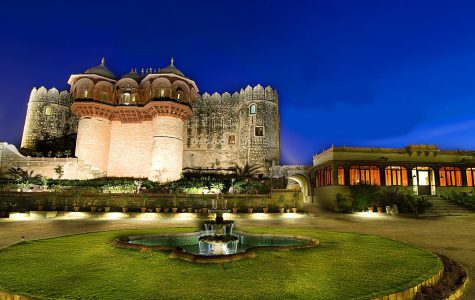
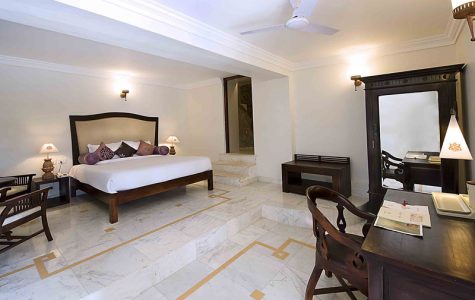
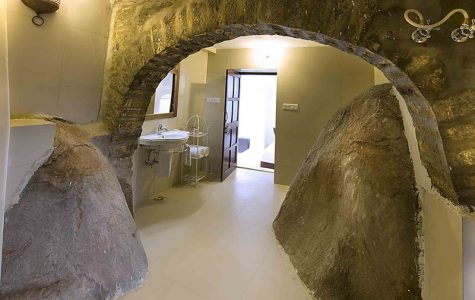
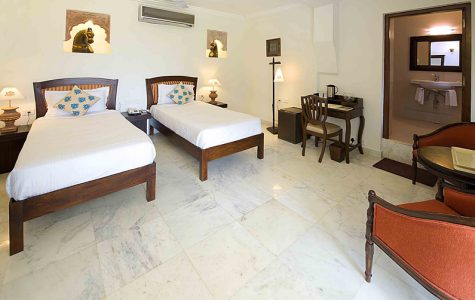
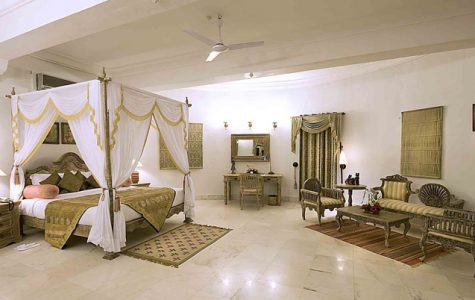
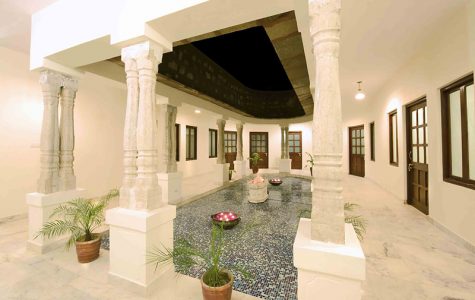
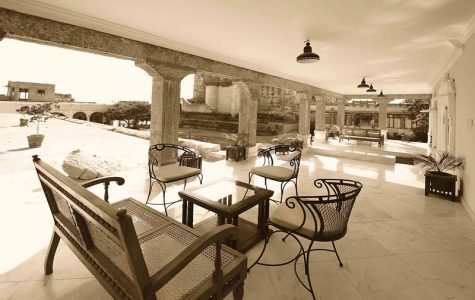
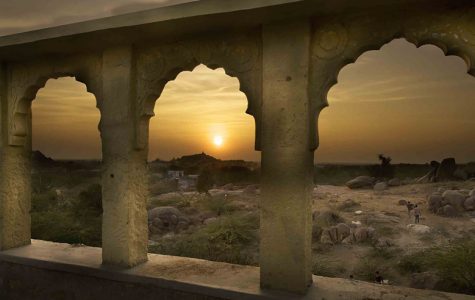
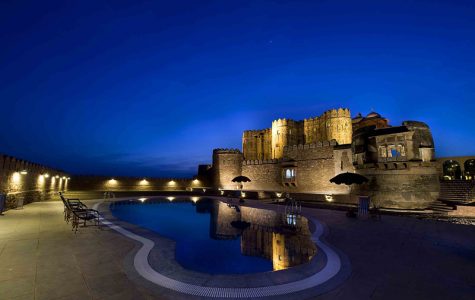
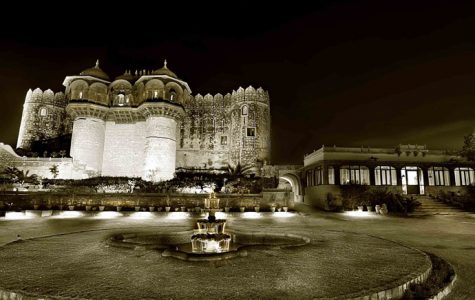
Comments are closed.